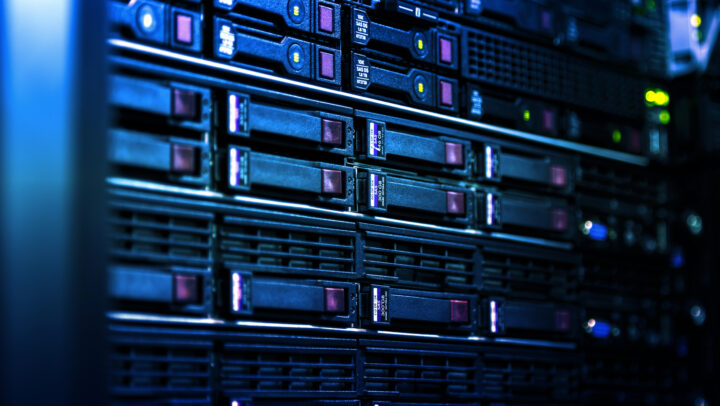
The Rise of Edge Computing: What It Means for Your Office Network
As businesses continue to generate and consume data at unprecedented rates, the need for faster, more efficient processing is more critical than ever. This demand has led to the rapid rise of edge computing, a technology trend reshaping how data is handled, processed, and delivered. For office networks, this shift brings both challenges and opportunities that demand attention.
What Is Edge Computing?
Edge computing is the practice of processing data closer to its source—whether it's sensors, computers, or smart devices—rather than relying solely on centralized cloud data centers. By performing tasks at the "edge" of the network, businesses can reduce latency, improve response times, and reduce bandwidth use.
For example, instead of sending surveillance footage or IoT sensor data to the cloud for analysis, edge computing allows that data to be processed locally in real time. This is especially beneficial for industries that depend on rapid decision-making and high levels of security, such as healthcare, manufacturing, finance, and smart office environments.
Why Edge Computing Is Gaining Ground
The rise of edge computing is driven by several converging trends:
Explosion of IoT Devices: Smart thermostats, security systems, connected lighting, and occupancy sensors generate huge volumes of data. Processing that data on-site reduces cloud dependency.
Need for Real-Time Insights: Applications such as video conferencing, access control systems, and productivity monitoring tools require instant data processing.
Increased Network Demand: Centralized systems can experience congestion and delays. Edge solutions alleviate this by distributing computing power.
As these technologies proliferate, businesses that adapt their office networks to support edge computing will benefit from superior performance, enhanced security, and increased flexibility.
How Edge Computing Impacts Office Network Design
Integrating edge computing into your office network requires thoughtful planning. Here are some core areas where edge computing influences network design:
1. Infrastructure Scalability
Edge computing requires local servers, storage, and sometimes even dedicated micro data centers. Office IT infrastructure must be scalable to accommodate this additional hardware without compromising existing systems.
Structured cabling becomes essential—ensuring proper data transfer speeds and minimizing interference. Category 6 or higher cabling is recommended for supporting high-speed, low-latency connectivity between edge devices and central systems.
2. Improved Network Segmentation
To keep sensitive data secure and optimize bandwidth usage, network segmentation becomes a priority. Offices deploying edge devices must isolate traffic between critical systems (e.g., access controls, VoIP, IoT sensors) to prevent bottlenecks and unauthorized access.
Managed switches and VLANs (Virtual LANs) play a significant role here, allowing administrators to control data flow and protect key assets.
3. Enhanced Security Protocols
Processing data on-site can reduce the risk of interception during transmission, but it also increases the number of potential attack vectors. Each edge device becomes a possible point of entry for cybercriminals.
IT managers must implement robust endpoint protection, firewalls, and encryption. Physical security measures, such as locked cabinets and restricted access to hardware, are also important.
4. Redundancy and Reliability
Local processing power means less reliance on internet connectivity. However, redundancy is still crucial. Offices should install backup power supplies (UPS), redundant switches, and failover systems to ensure continuous operation even during outages.
5. Bandwidth Optimization
With less data needing to travel to and from the cloud, edge computing significantly reduces bandwidth strain. This opens up capacity for other critical applications like VoIP, video conferencing, or cloud backups.
Businesses can also save on monthly internet costs by reducing their overall data usage.
The Benefits for Office Environments
Adopting edge computing offers a range of tangible benefits:
Lower Latency: Faster response times enhance everything from security monitoring to virtual collaboration.
Greater Privacy: Sensitive data can be kept on-premises, reducing exposure.
Operational Efficiency: Real-time analytics enable proactive decision-making, improving workflows.
Reduced Costs: Edge computing cuts down on data transit fees and cloud storage expenses.
Is Your Office Network Ready?
Edge computing is no longer a futuristic concept—it’s happening now. To leverage its full potential, your office must be equipped with the proper infrastructure and network design.
At Progressive Office Cabling, we specialize in designing and installing network systems optimized for modern business needs, including edge computing environments. Whether you're upgrading an existing network or building a new office setup, our team ensures your cabling, hardware, and layout support the performance, reliability, and scalability you require.









